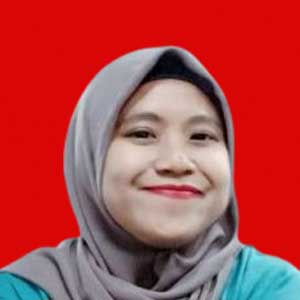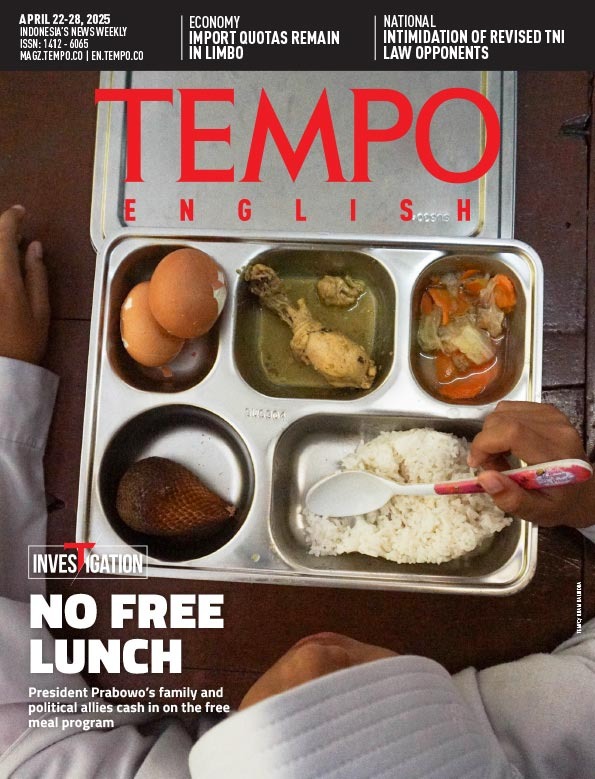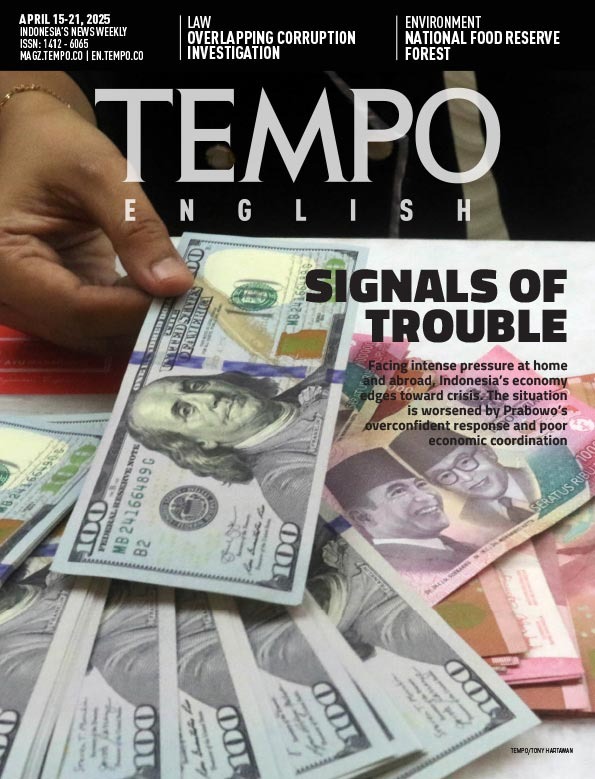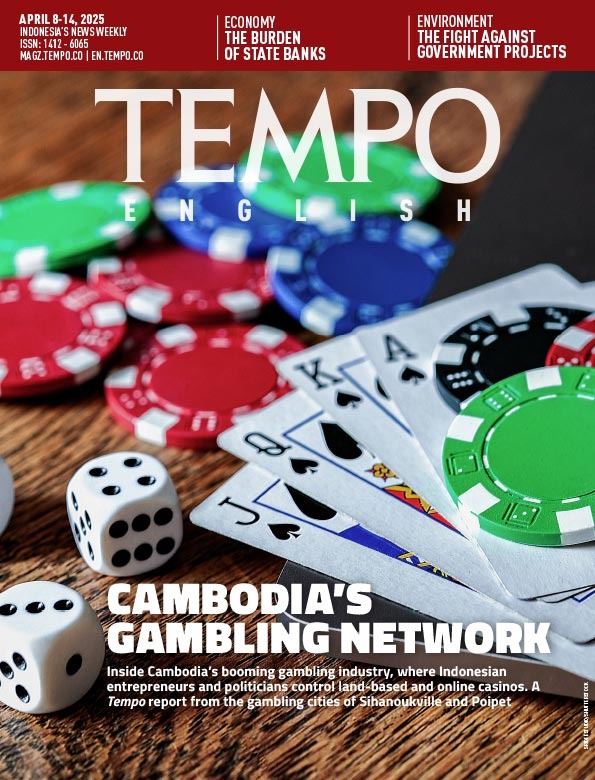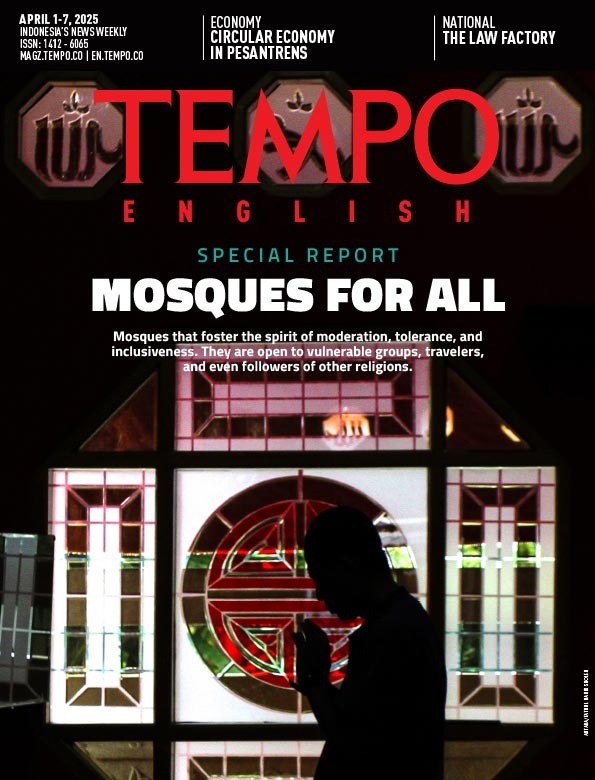Indonesia’s Diplomacy and the Paintings of Mohammad Toha
Tuesday, October 8, 2019
arsip tempo : 174545706177.
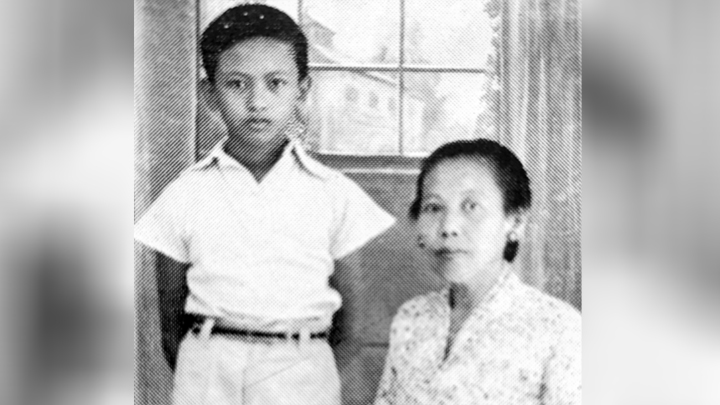
The pictures selected provide evidence how many of the important negotiations conducted by Sukarno and colleagues, and many other revolutionary moments, often occurred in rooms decorated with works by some of our most famous artists, such as Basoeki Abdullah. The book also gives witness that young artists under the ward of artist Dullah, such as Mohammad Toha Adimidjojo, was involved in battles such as in Yogyakarta by making paintings. T
...
Subscribe to continue reading.
We craft news with stories.
 For the benefits of subscribing to Digital Tempo, See More
For the benefits of subscribing to Digital Tempo, See More



